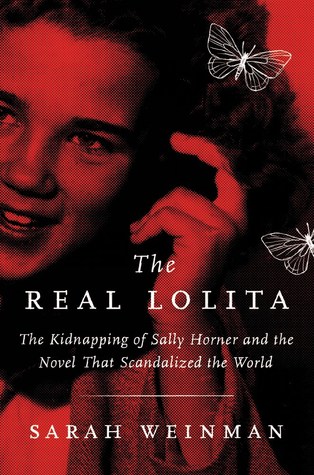More on this book
Community
Kindle Notes & Highlights
Read between
January 25 - February 9, 2021
To admit he pilfered from a true story would be, in Nabokov’s mind, to take away from the power of his narrative. To diminish the authority of his own art. The controlled nature of these interactions, with questions submitted in advance and responses edited after the fact, still left room for surprises— all the more because, as was customary with Nabokov, of what he chose not to say, as well as his exact phrasing of things he did say.
That uncles figure so much in Lolita recalls a revelation in Speak, Memory: that Vladimir’s uncle Ruka took his then-nine-year-old nephew onto his knee and fondled him repeatedly “with crooning sounds and fancy endearments” until the boy’s father called for him from the veranda. The real-life scene seems to foreshadow the famous fictional one of Humbert achieving orgasm with Dolores on his lap. Humbert, of course, believes his emission to be furtive—that the girl doesn’t know. But Nabokov, in his description, leaves it up to the reader to decide what Lolita knew.
IN READING LOLITA IN TEHRAN, Azar Nafisi makes the excellent point that Dolores Haze is a double victim, because not only her life is taken from her, but also her life story: “The desperate truth of Lolita’s story is not the rape of a twelve-year-old by a dirty old man but the confiscation of one individual’s life by another.”
Full highlight:
IN READING LOLITA IN TEHRAN, Azar Nafisi makes the excellent point that Dolores Haze is a double victim, because not only her life is taken from her, but also her life story: “The desperate truth of Lolita’s story is not the rape of a twelve-year-old by a dirty old man but the confiscation of one individual’s life by another.”
Sally Horner’s demise by car accident is the bigger tragedy, because it was real, and robbed her of the chance to grow up and at least attempt to move forward. In fact, Sally Horner is a triple victim: snatched from her ordinary life by Frank La Salle, only for her life to be cut short by car accident, and then strip-mined to produce the bones of Lolita, the only acknowledgment a parenthetical reference hidden in plain sight, hardly noticed by many millions of readers.
If no one caught the reference, how could they be expected to see how much of the novel’s structure rides on what happened to Sally in real life? But once seen, it is impossible to unsee.
There is no question Lolita would have existed without Sally Horner because Nabokov spent over twenty years dwelling on the theme, working it out in bits and pieces as he moved around Europe and America. But the narrative was also strengthened and sharpened by the inclusion of her story.
A girl who survived adversity, manipulation, and cross-country horror, only to be denied the chance to grow up. A girl immortalized, and forever trapped, in the pages of a classic novel of satire and sadness, like a butterfly with wings damaged before ever having the chance to fly.
Full highlight:
“A girl who survived adversity, manipulation, and cross-country horror, only to be denied the chance to grow up. A girl immortalized, and forever trapped, in the pages of a classic novel of satire and sadness, like a butterfly with wings damaged before ever having the chance to fly.”
A really good final note. What a sad story 😔
Sally Horner, age fifteen, summer of 1952.
Nabokov settled upon the “Lolita” sobriquet for his heroine very late in the writing process. Before then her name was “Juanita Dark”—a sly, Spanishized reworking of Jeanne d’Arc, or Saint Joan.
*Nabokov settled upon the “Lolita” sobriquet for his heroine very late in the writing process. Before then her name was “Juanita Dark”—a sly, Spanishized reworking of Jeanne d’Arc, or Saint Joan.


